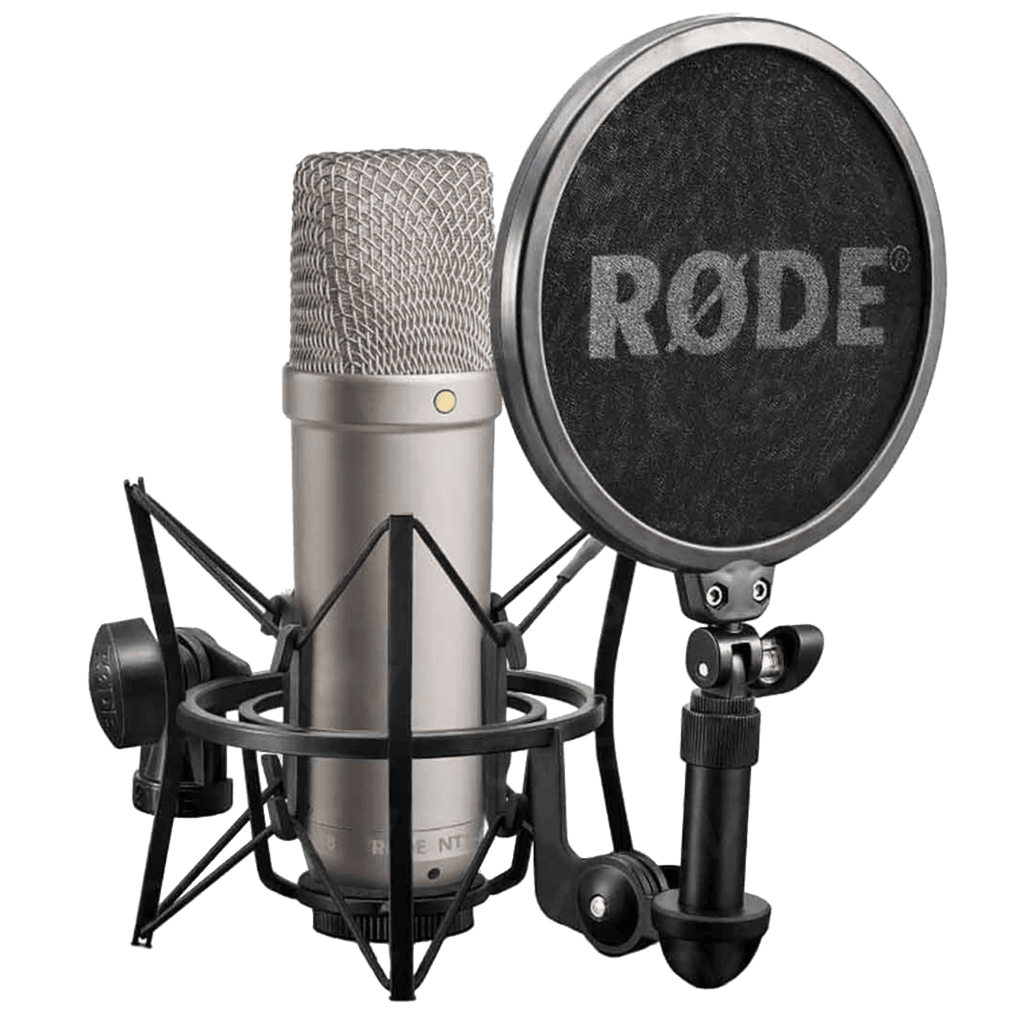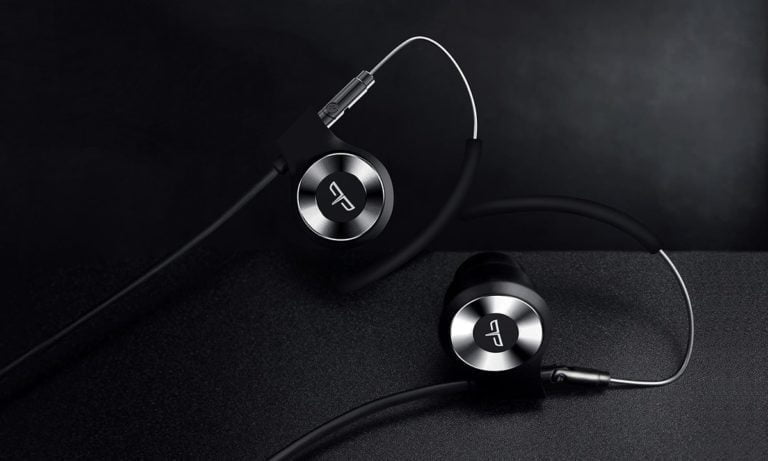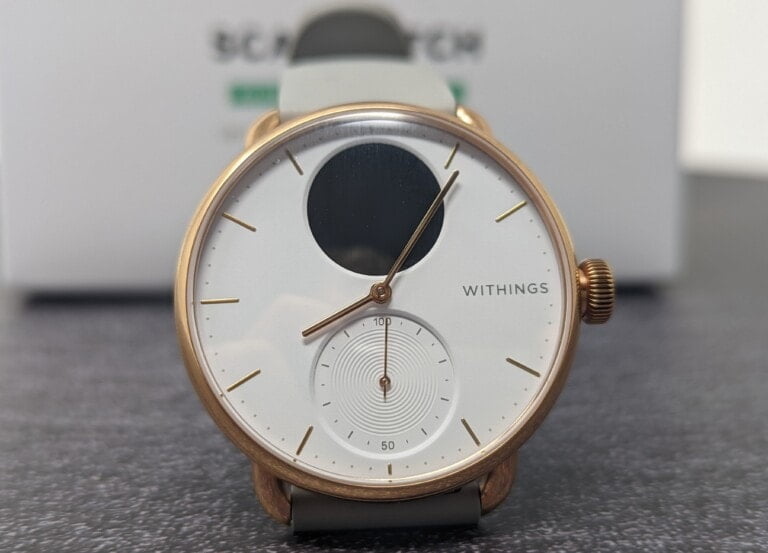Any links to online stores should be assumed to be affiliates. The company or PR agency provides all or most review samples. They have no control over my content, and I provide my honest opinion.
This article was originally published on Make the Sound Better. While I have updated most of the articles that have been transferred over, this article is unedited.
Understanding Microphone Impedance Ratings
When it comes to choosing the right microphone for a specific audio application, there are many factors to consider. One essential aspect of microphone performance that often goes overlooked is the microphone’s impedance rating. Impedance is a measure of a microphone’s resistance to the flow of electrical current. It is often represented in ohms (Ω). The impedance rating of a microphone can have a significant impact on its performance and how well it interfaces with other audio equipment. In this article, we will explore the advantages and disadvantages of low and high impedance microphones and examine the top 10 microphone impedance ratings for optimal audio performance.
Low Impedance Microphones: Advantages and Disadvantages

Low impedance microphones typically have an impedance rating of around 200 ohms or less. These microphones are the most commonly used types in modern audio equipment. They offer several advantages, including better signal-to-noise ratio, less susceptibility to interference, and better frequency response. Low impedance microphones are also more versatile and can be used with a wide range of audio equipment. However, they also require power from an external source, such as a preamp or mixer, to function correctly. This can add an extra layer of complexity to the audio setup, and the external power source can introduce additional noise into the signal.
High Impedance Microphones: Advantages and Disadvantages
High impedance microphones typically have an impedance rating of around 10,000 ohms or more. These microphones were more commonly used in older audio equipment and have largely been replaced by low impedance microphones. However, some high impedance microphones are still in use today, particularly in certain niche applications. High impedance microphones offer several advantages, including not requiring external power and being less susceptible to cable capacitance. However, they also have several disadvantages, including poorer signal-to-noise ratio and frequency response, as well as being less compatible with modern audio equipment.
How Microphone Impedance Affects Audio Quality
The impedance rating of a microphone can have a significant impact on the audio quality of a recording or live sound reinforcement. A mismatch between the microphone’s impedance and the impedance of the input device it is connected to can result in a loss of signal strength, distortion, and noise. Low impedance microphones typically have a higher output level, which can make them better suited for applications where the signal needs to travel over long cable lengths or where a lot of gain is required. High impedance microphones, on the other hand, are better suited for applications where the signal needs to travel over a short distance or where a lower gain level is desired.
Top 10 Microphone Impedance Ratings for Optimal Performance
When choosing a microphone for a specific application, it is essential to consider the microphone’s impedance rating. While there is no one-size-fits-all impedance rating, some values are more commonly used than others. Here are the top 10 microphone impedance ratings for optimal audio performance.
10: 300 Ohms
Microphones with a 300-ohm impedance rating are relatively uncommon. They are typically used in vintage microphones and some dynamic microphones. While they are not as versatile as low impedance microphones, they can offer a unique sound that is difficult to replicate with other microphones.
9: 250 Ohms
250-ohm microphones are also relatively uncommon. They are typically used in ribbon microphones and some dynamic microphones. They offer a warm, natural sound that is well suited for recording vocals and acoustic instruments.
8: 200 Ohms
200-ohm microphones are the most common low impedance microphones. They are versatile and can be used with a wide range of audio equipment. They offer a good balance between signal strength and noise performance.
7: 150 Ohms
150-ohm microphones are less common than 200-ohm microphones, but they offer slightly better signal-to-noise ratio and frequency response. They are well suited for broadcast applications and recording vocals.
6: 100 Ohms
100-ohm microphones are less common than 200-ohm microphones but offer better noise performance. They are well suited for recording acoustic instruments and vocals in quiet environments.
5: 75 Ohms
75-ohm microphones are relatively uncommon but offer excellent noise performance. They are well suited for recording acoustic instruments and vocals in quiet environments.
4: 50 Ohms
50-ohm microphones are less common than 200-ohm microphones but offer even better noise performance. They are well suited for recording acoustic instruments and vocals in extremely quiet environments.
Comparative Table
| Impedance | Advantages | Disadvantages |
|---|---|---|
| Low (10,000 Ω) | No external power required, less susceptible to cable capacitance | Poor signal-to-noise ratio, poorer frequency response, less compatible with modern equipment |
Choosing the right microphone impedance rating can be critical to achieving optimal audio performance. While low impedance microphones are the most commonly used types, some high impedance microphones can still offer unique advantages in certain applications. By understanding the advantages and disadvantages of different impedance ratings, you can make an informed decision when choosing the right microphone for your specific needs.
I am James, a UK-based tech enthusiast and the Editor and Owner of Mighty Gadget, which I’ve proudly run since 2007. Passionate about all things technology, my expertise spans from computers and networking to mobile, wearables, and smart home devices.
As a fitness fanatic who loves running and cycling, I also have a keen interest in fitness-related technology, and I take every opportunity to cover this niche on my blog. My diverse interests allow me to bring a unique perspective to tech blogging, merging lifestyle, fitness, and the latest tech trends.
In my academic pursuits, I earned a BSc in Information Systems Design from UCLAN, before advancing my learning with a Master’s Degree in Computing. This advanced study also included Cisco CCNA accreditation, further demonstrating my commitment to understanding and staying ahead of the technology curve.
I’m proud to share that Vuelio has consistently ranked Mighty Gadget as one of the top technology blogs in the UK. With my dedication to technology and drive to share my insights, I aim to continue providing my readers with engaging and informative content.







